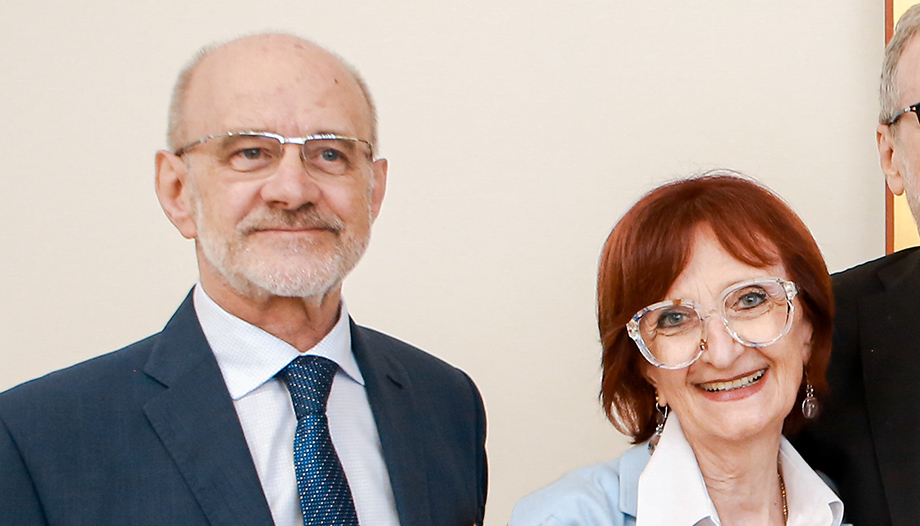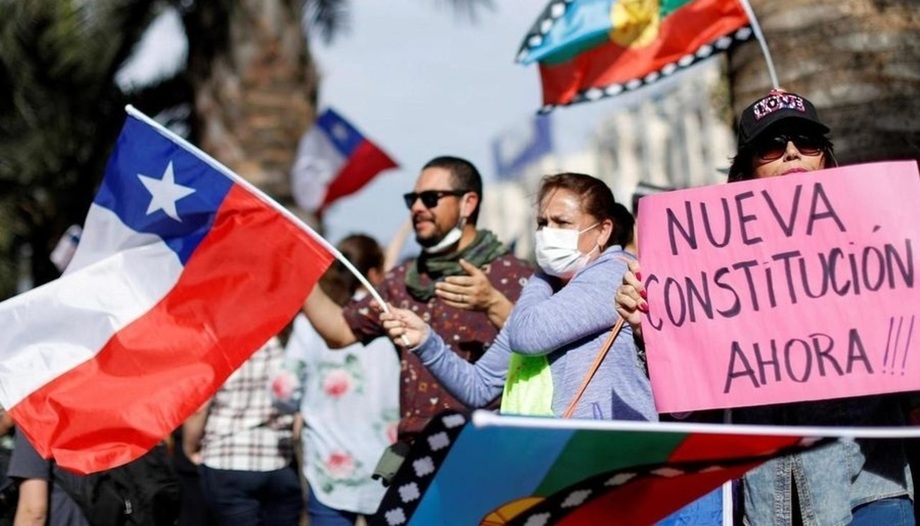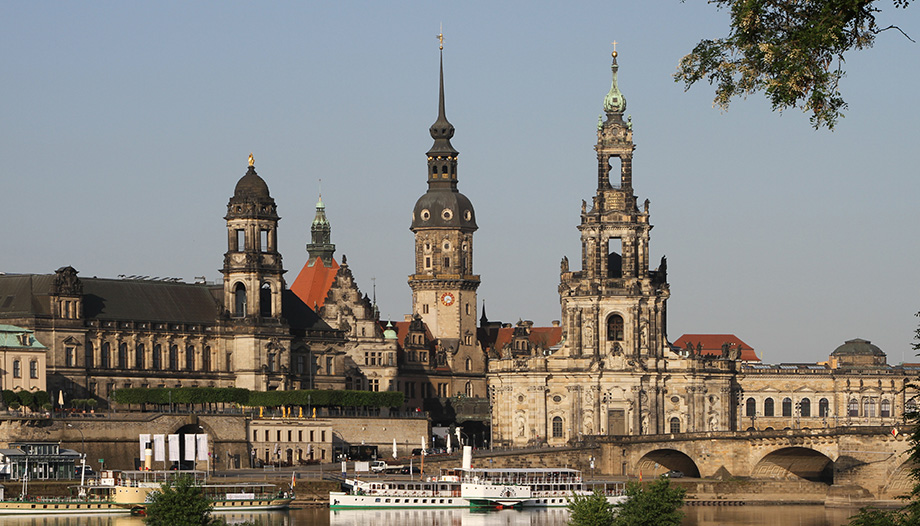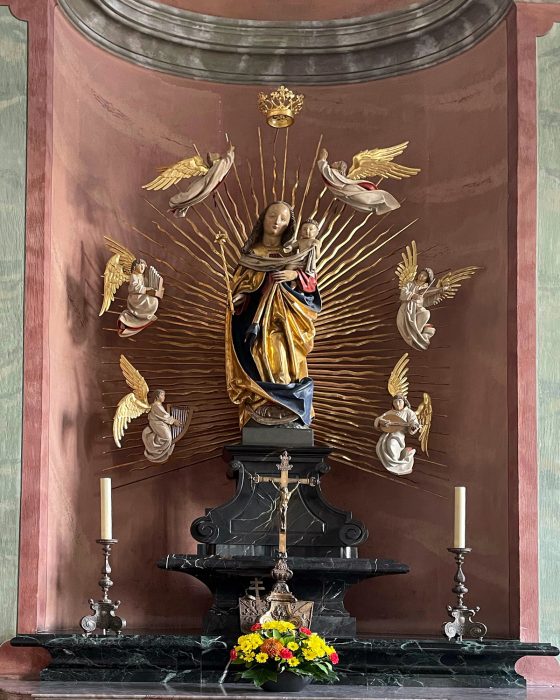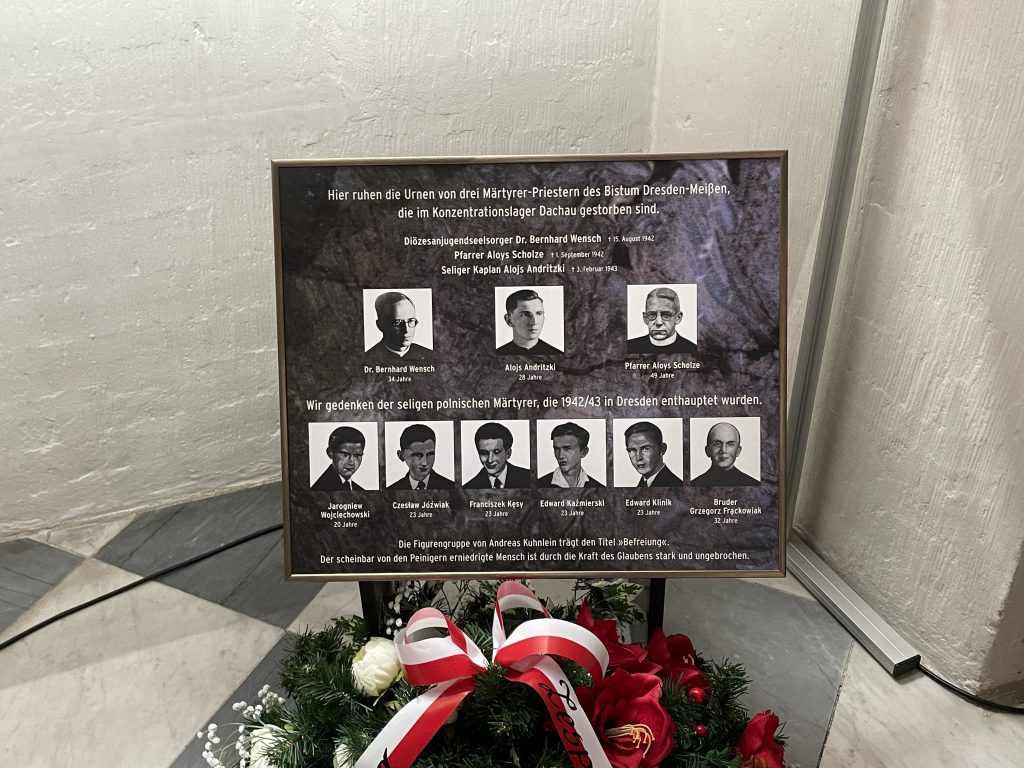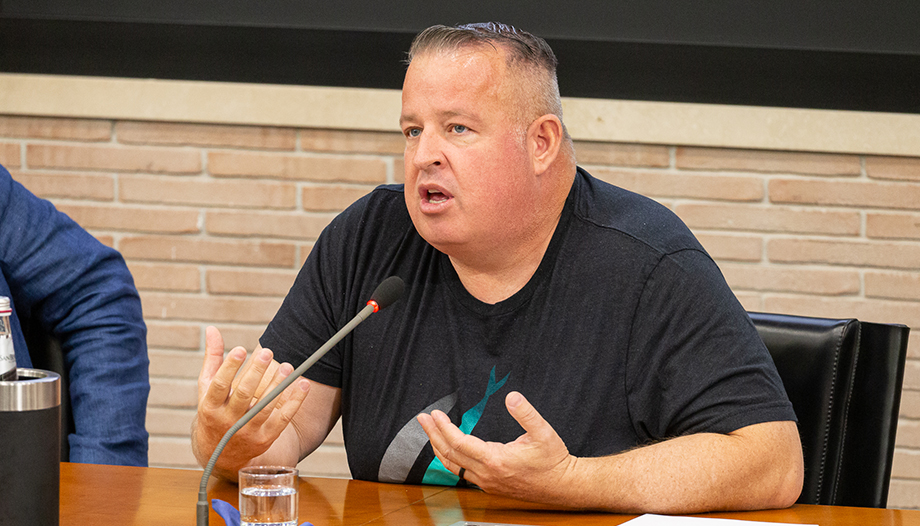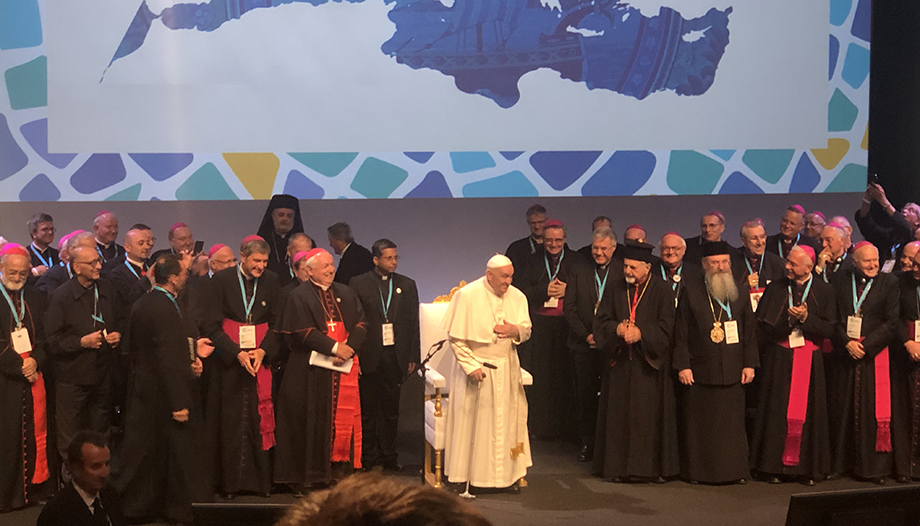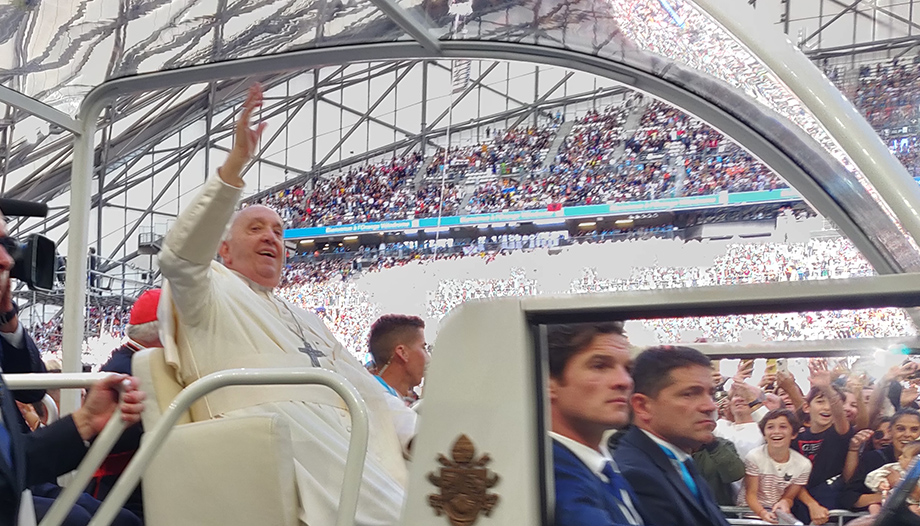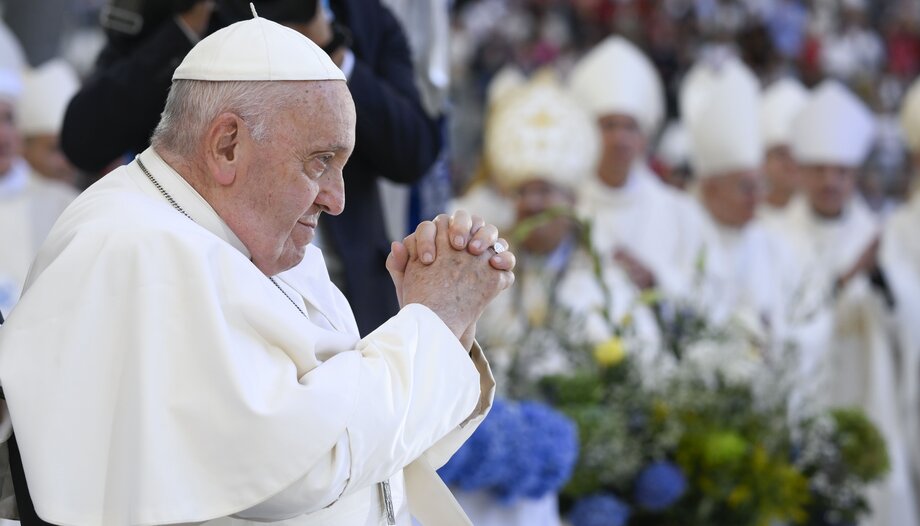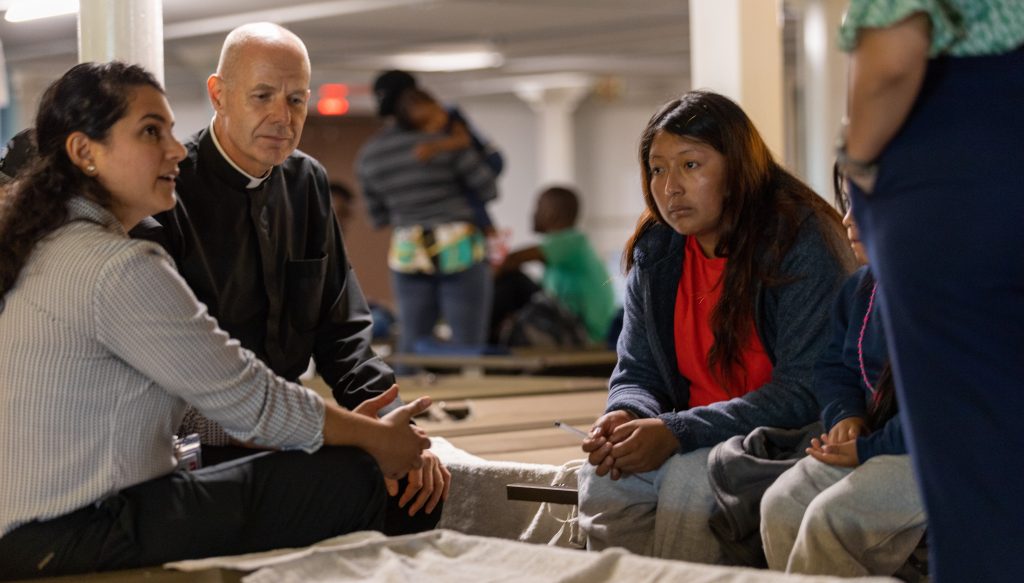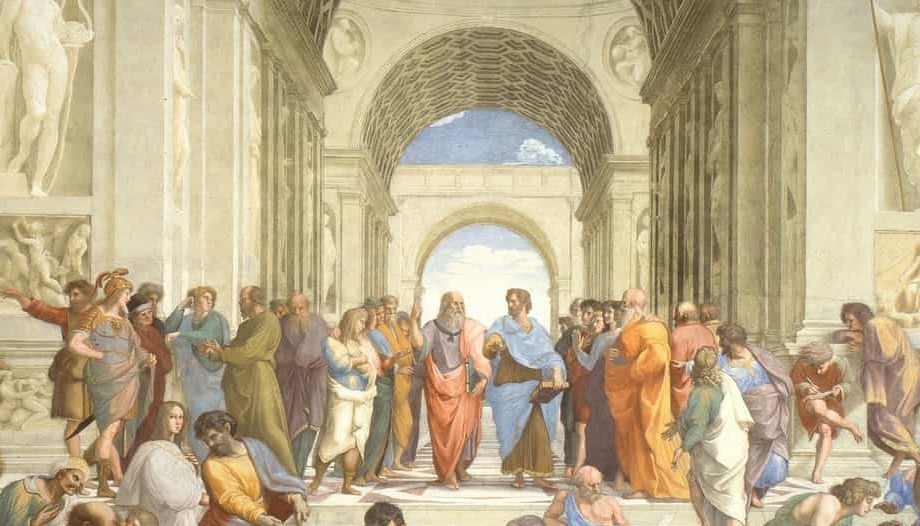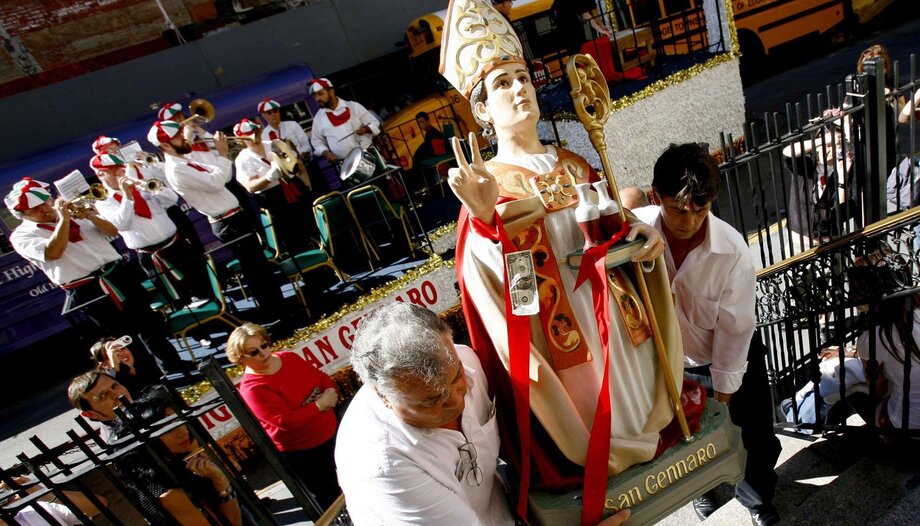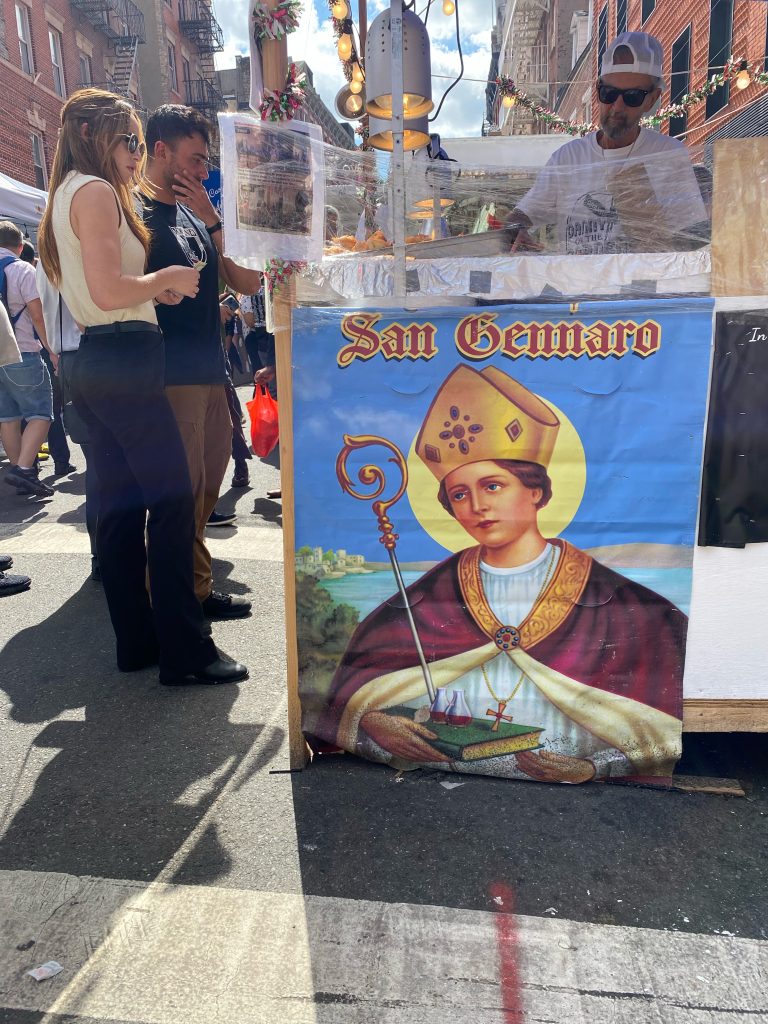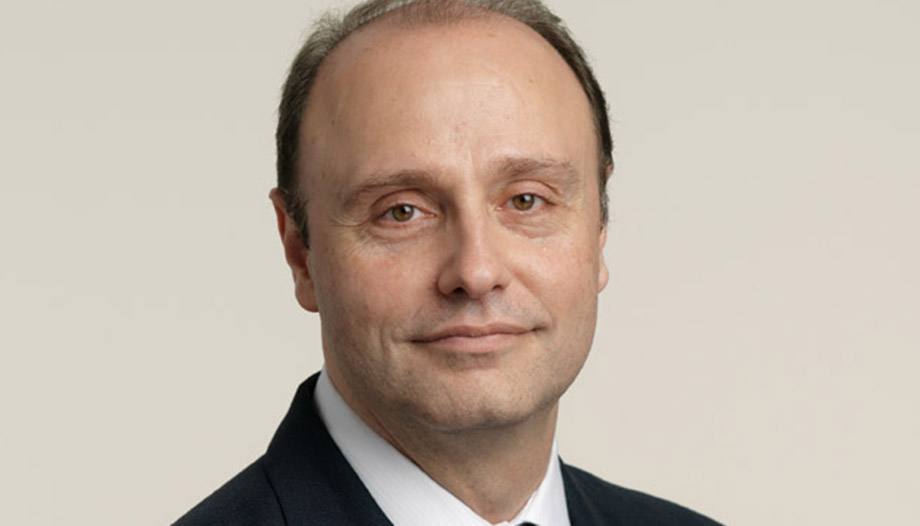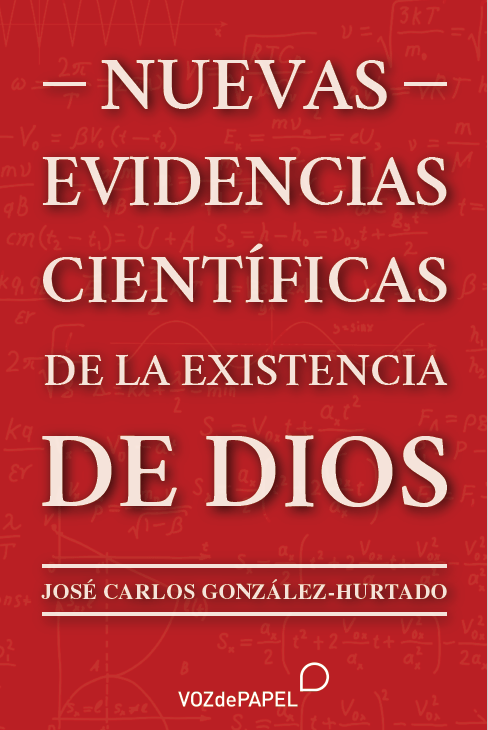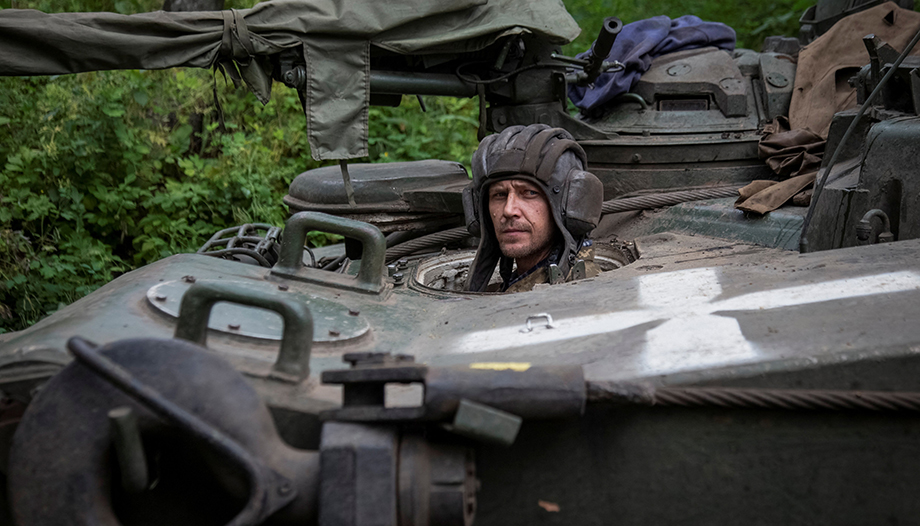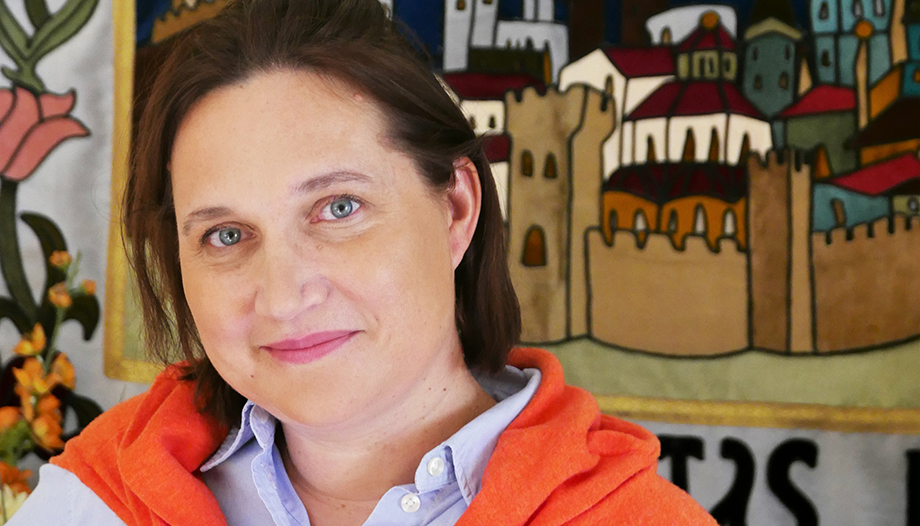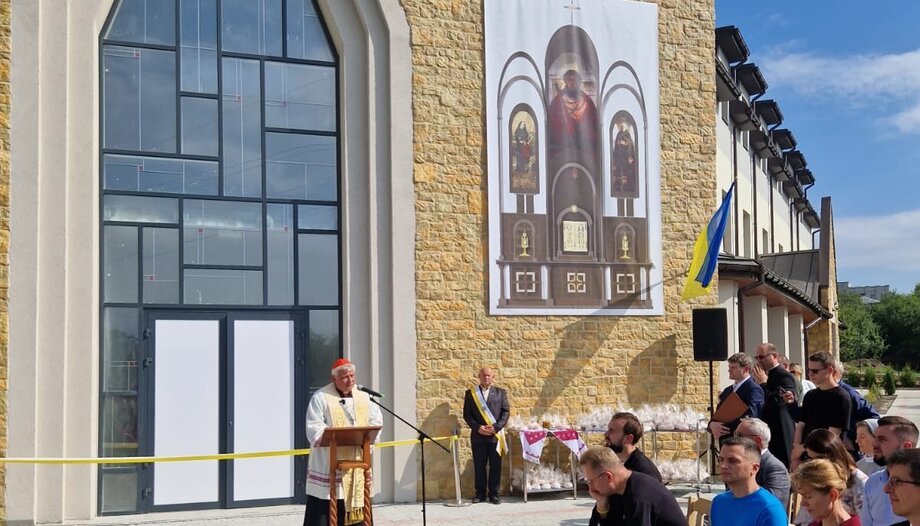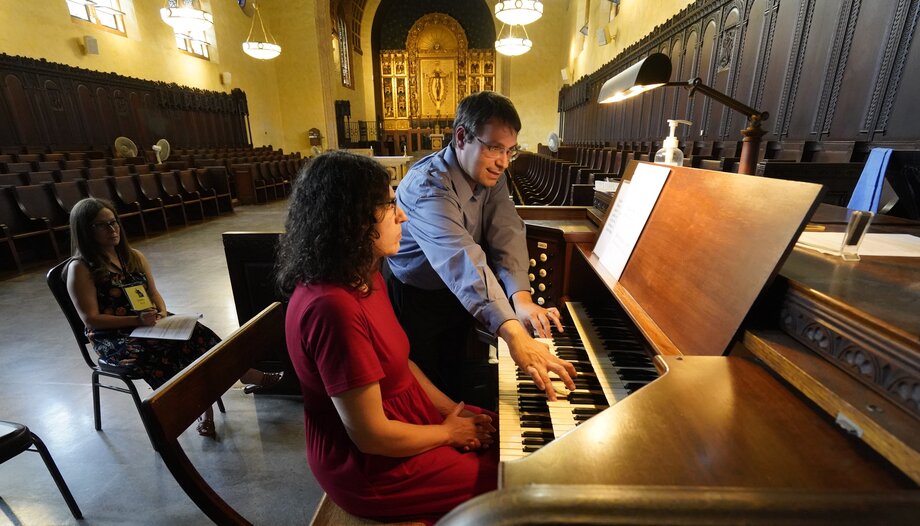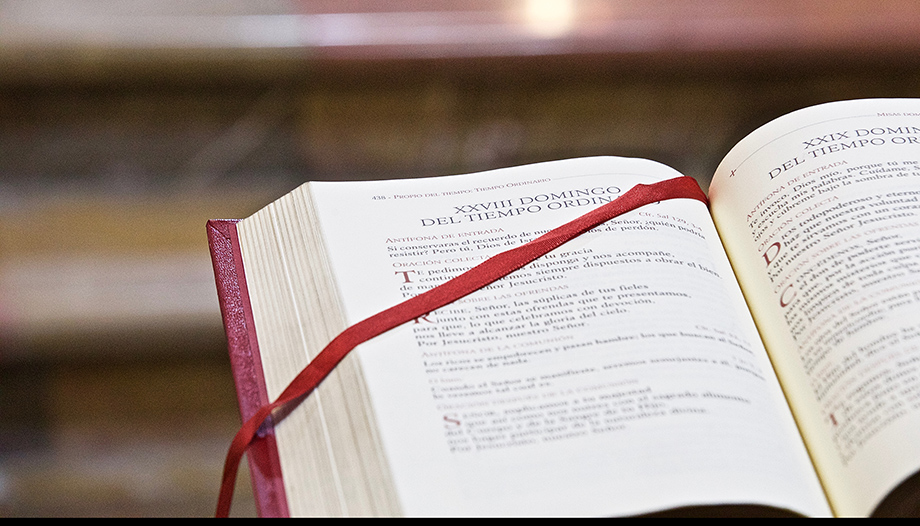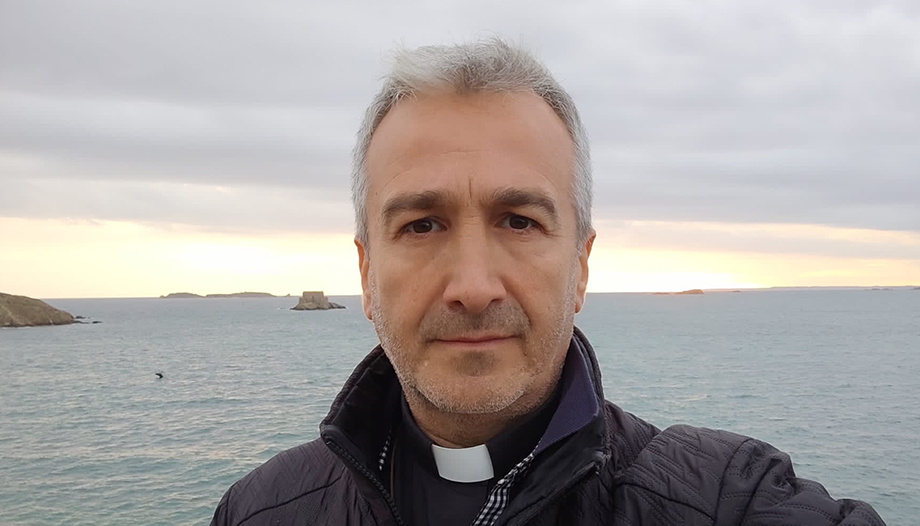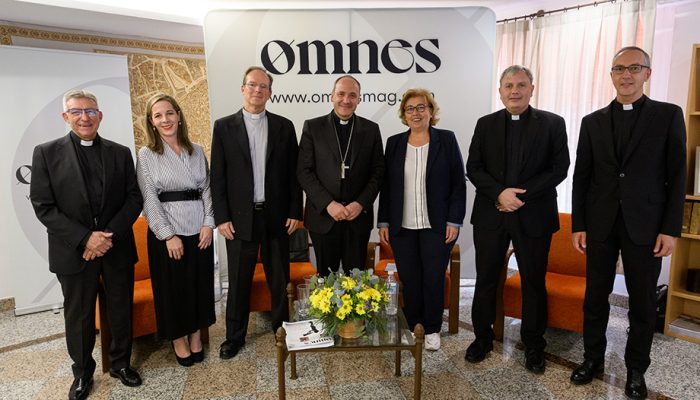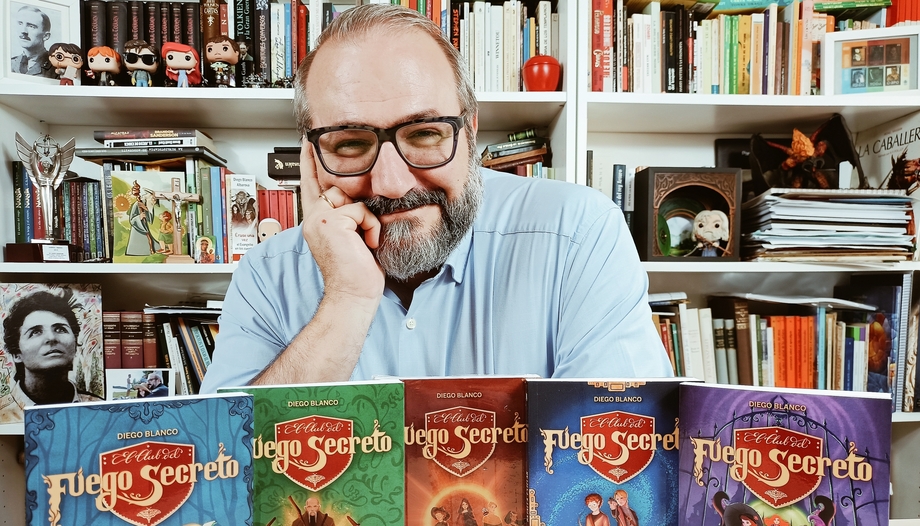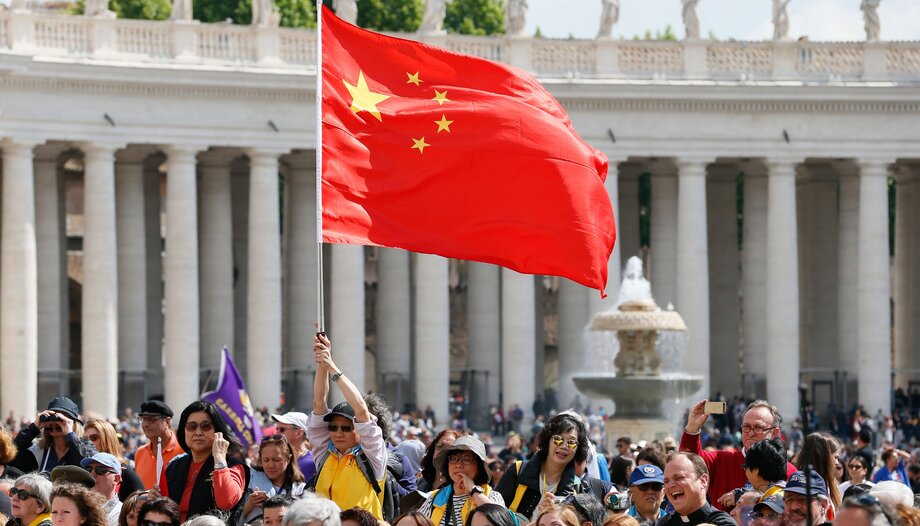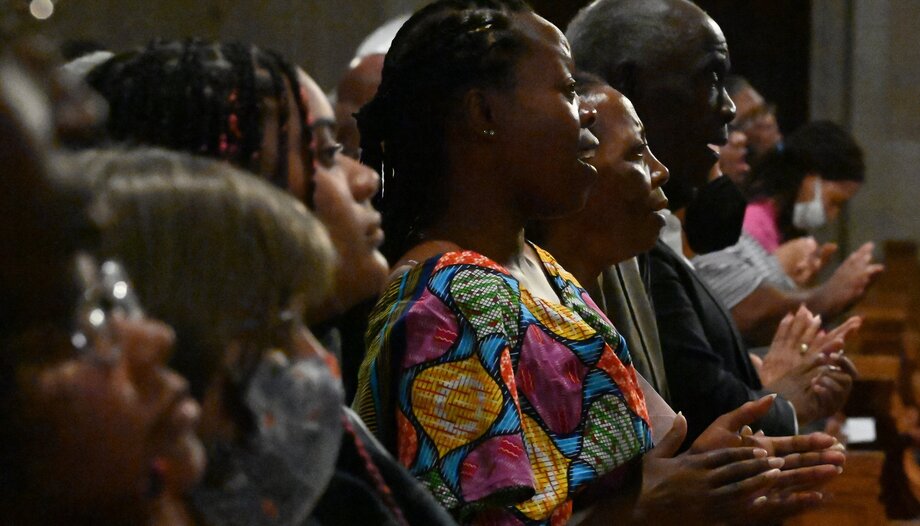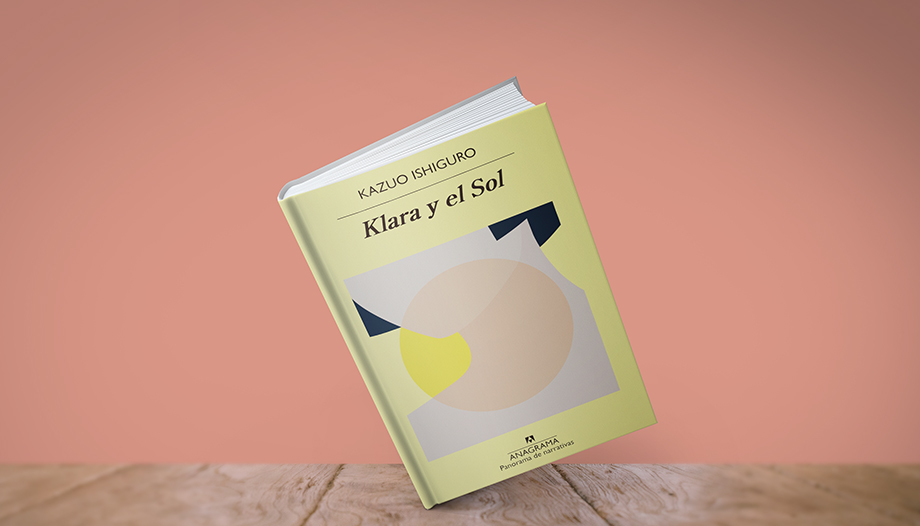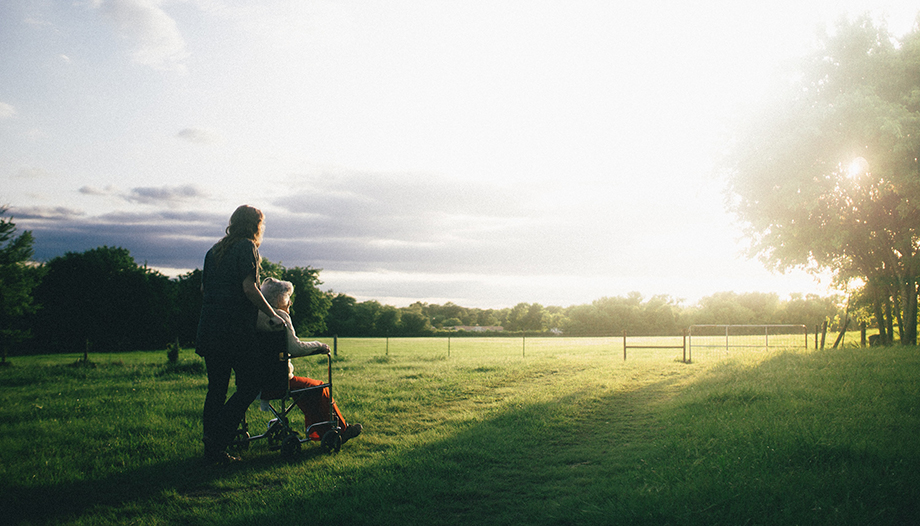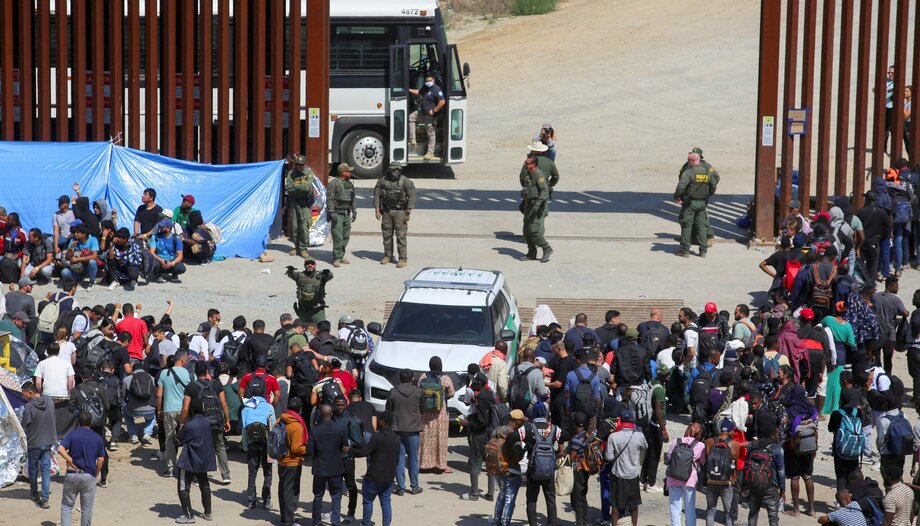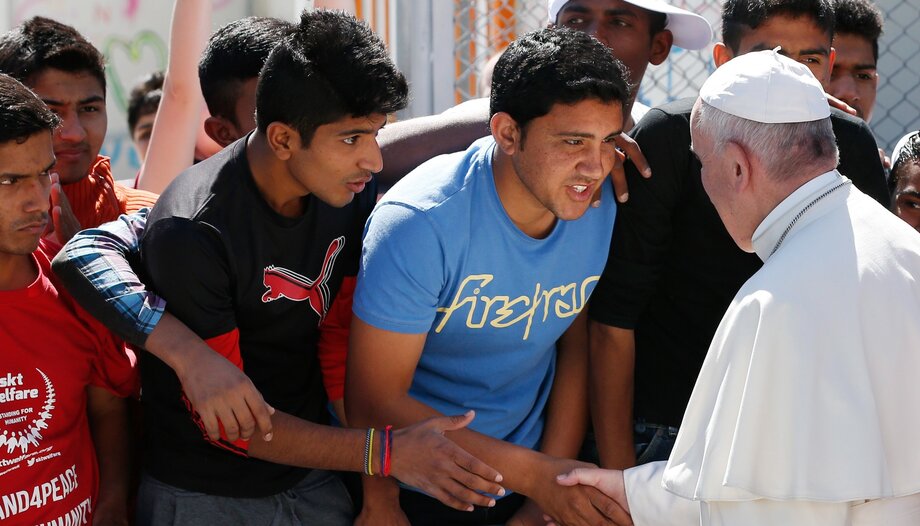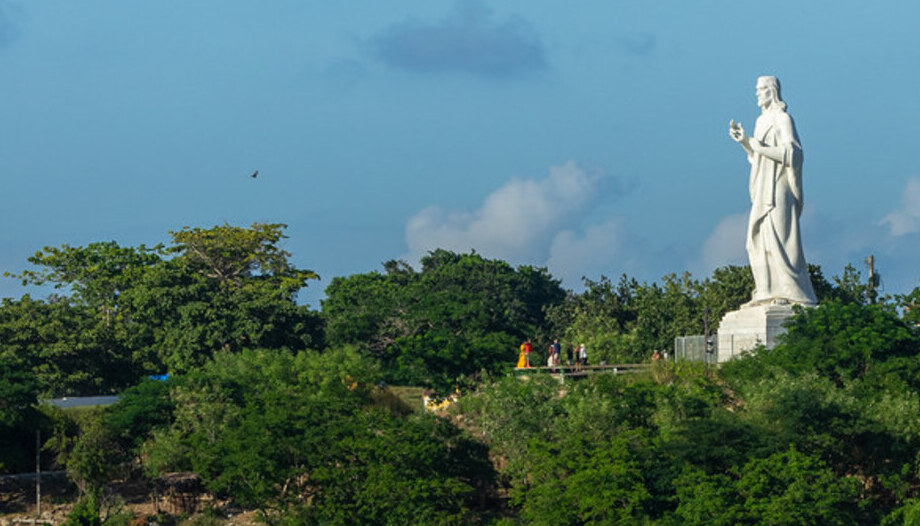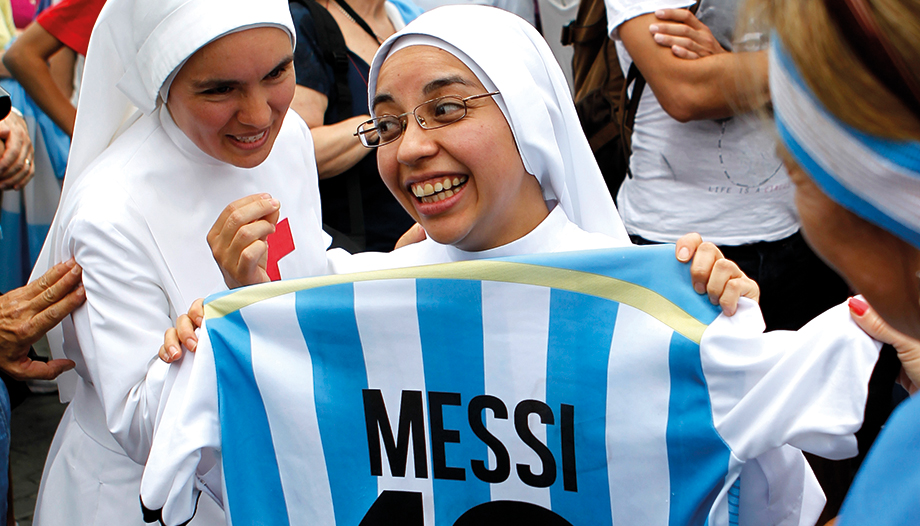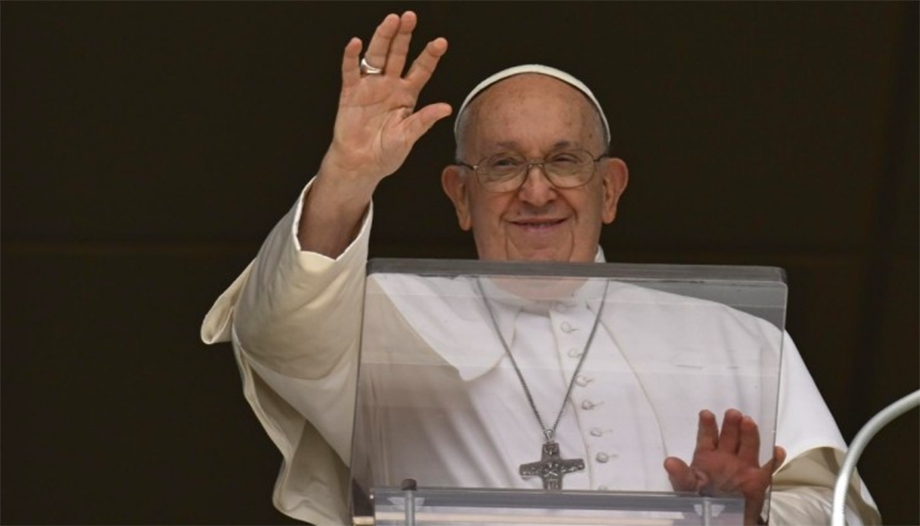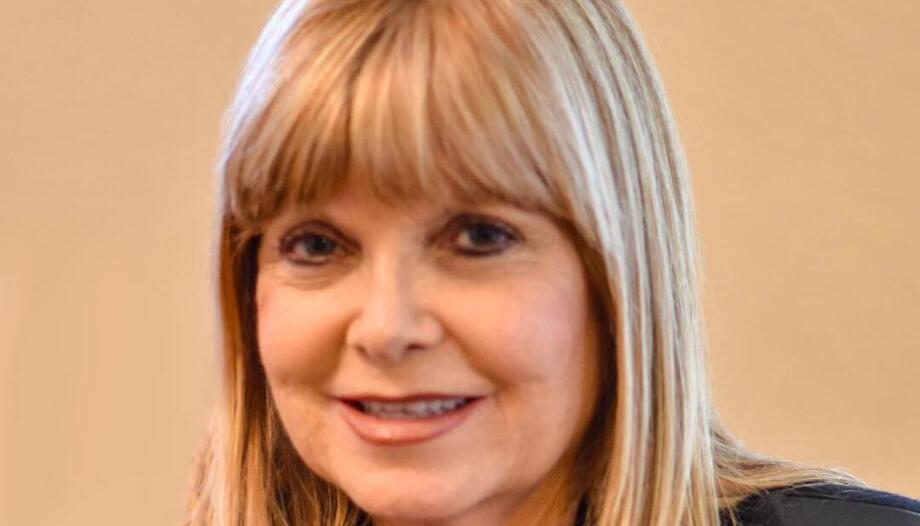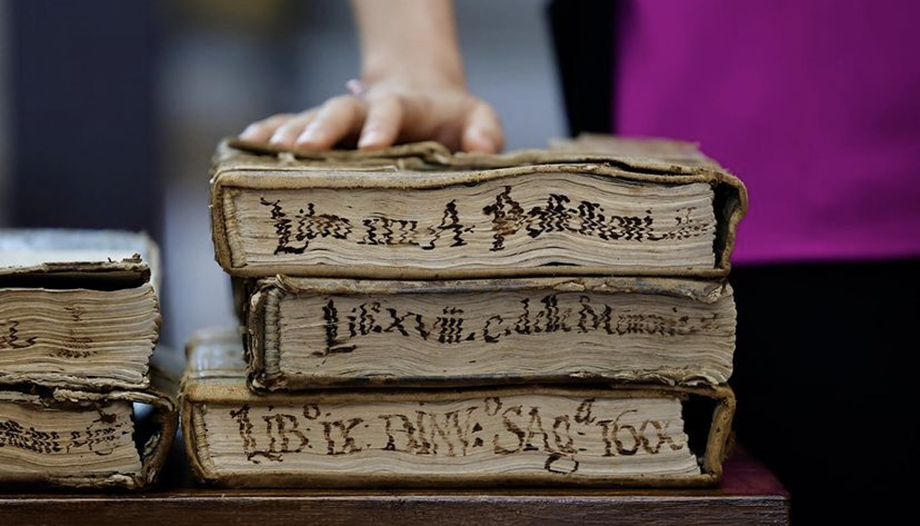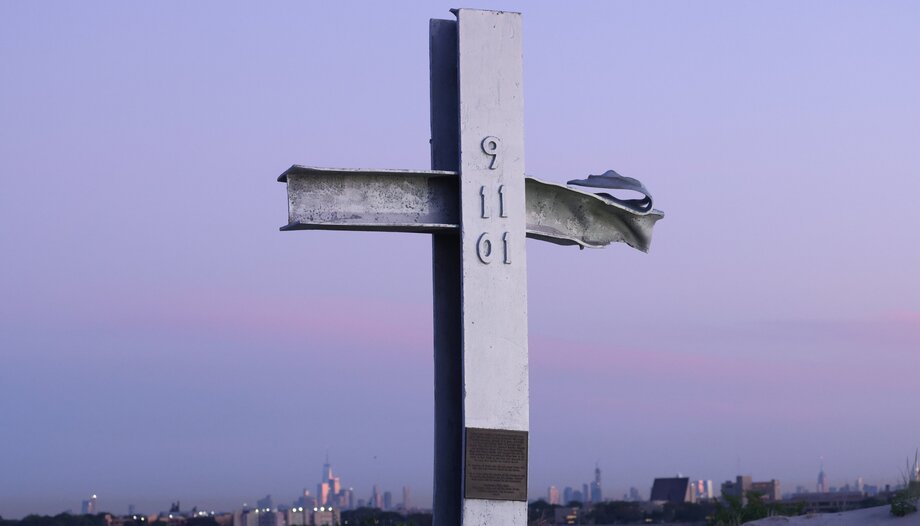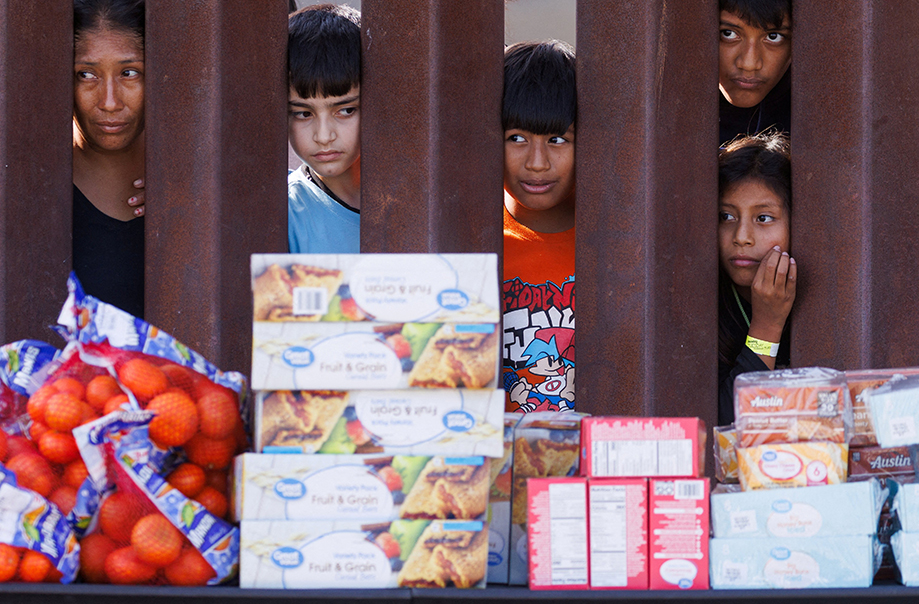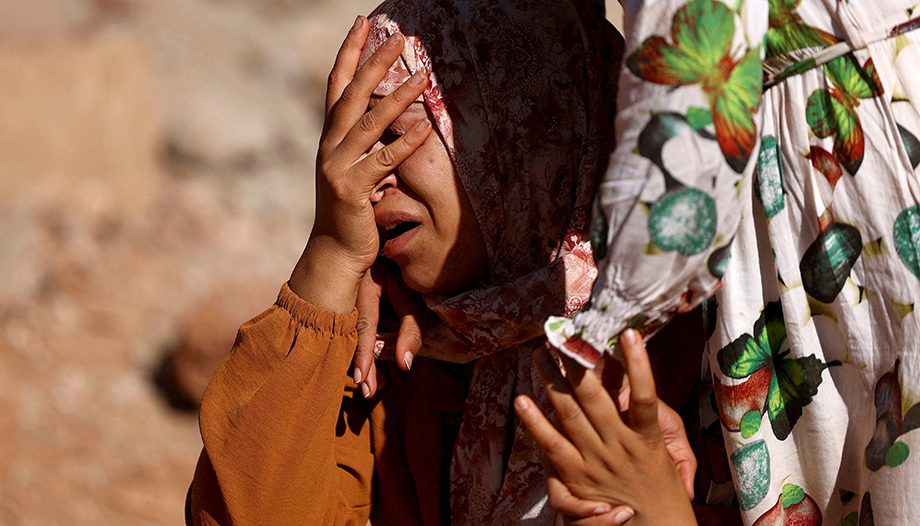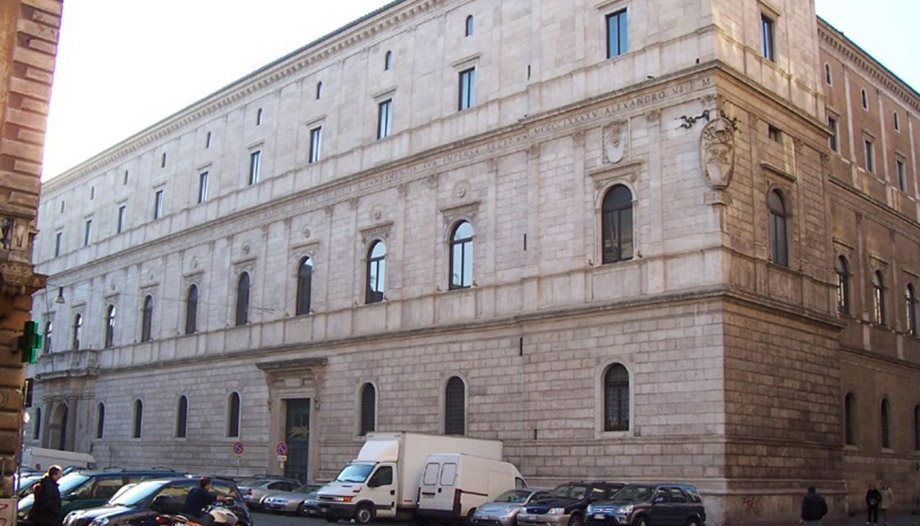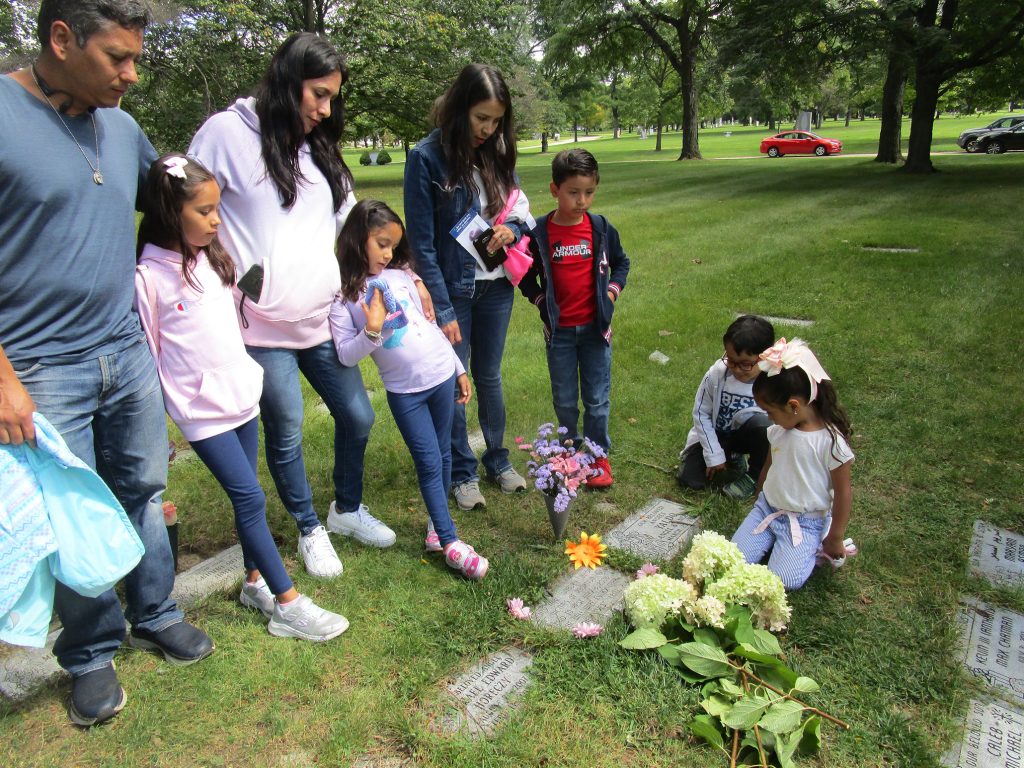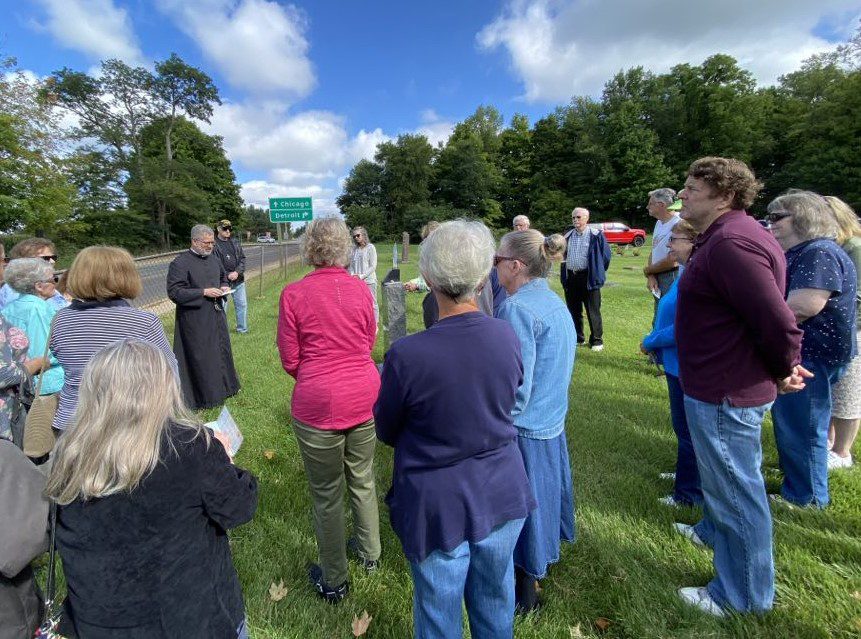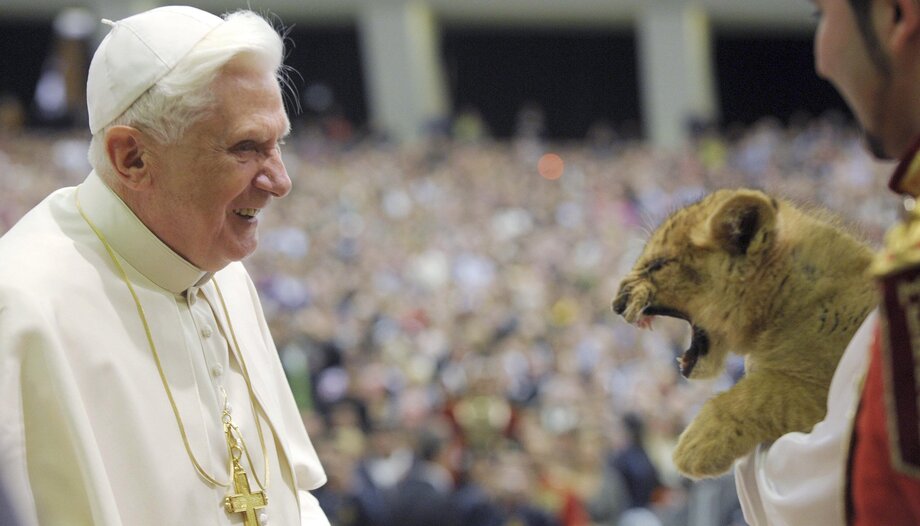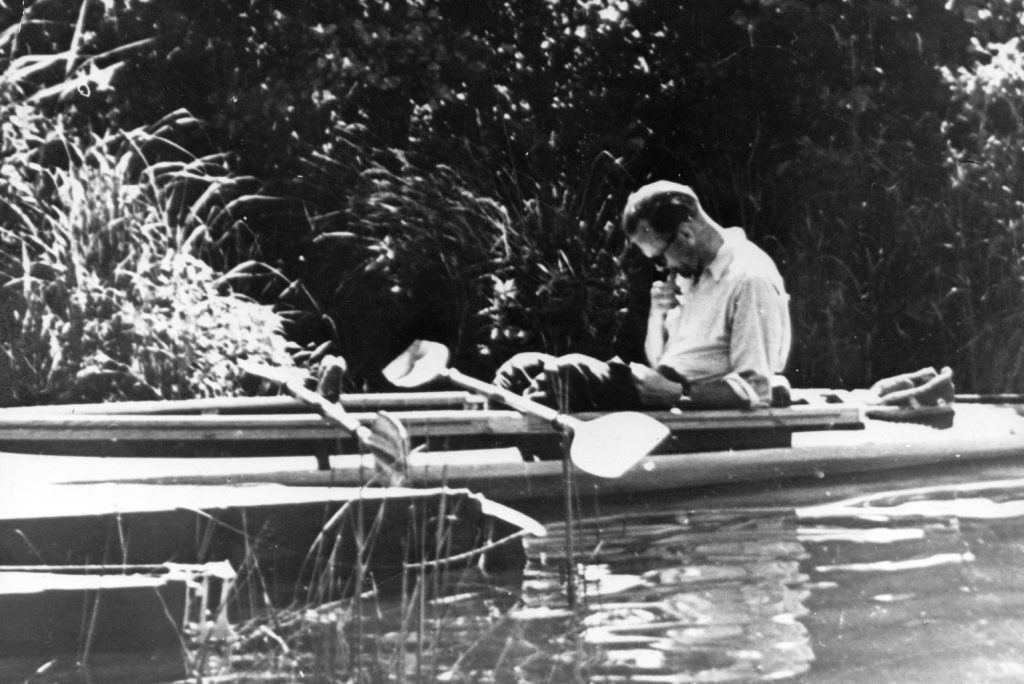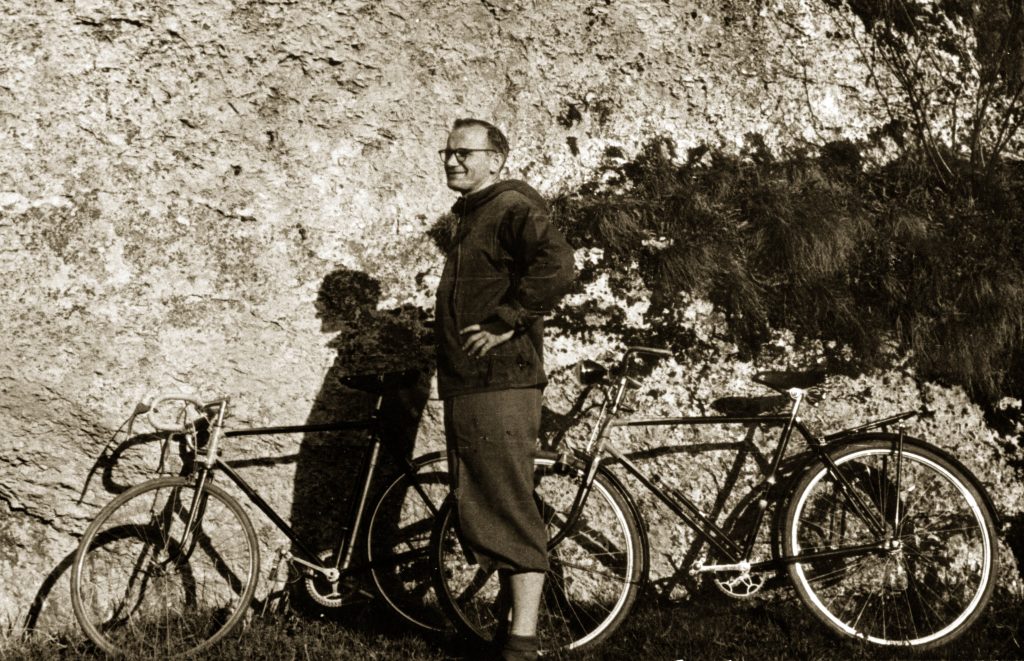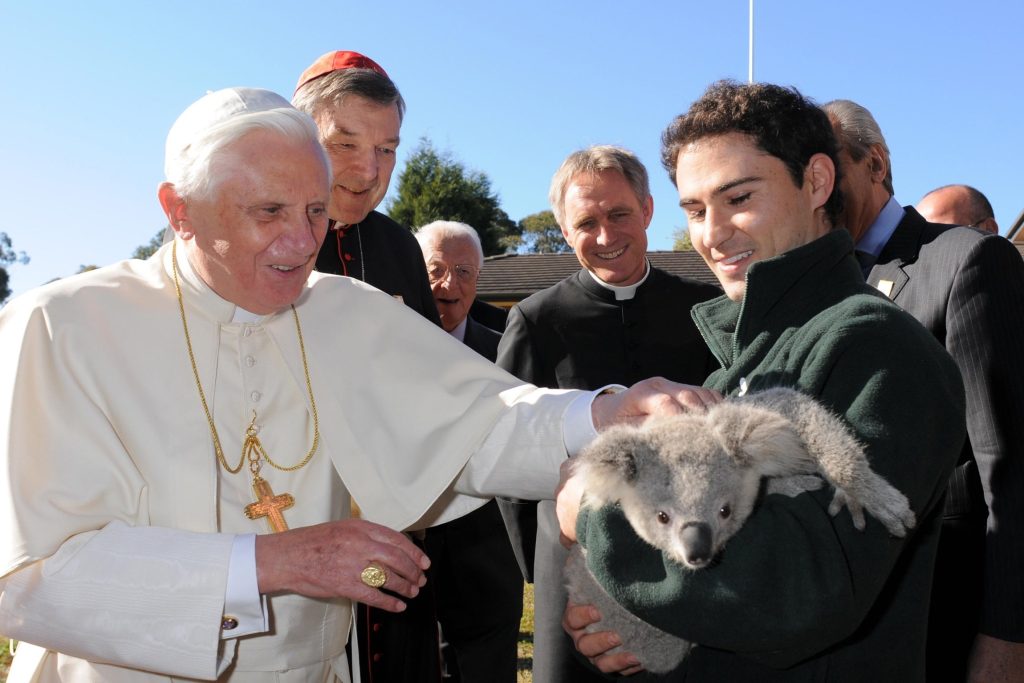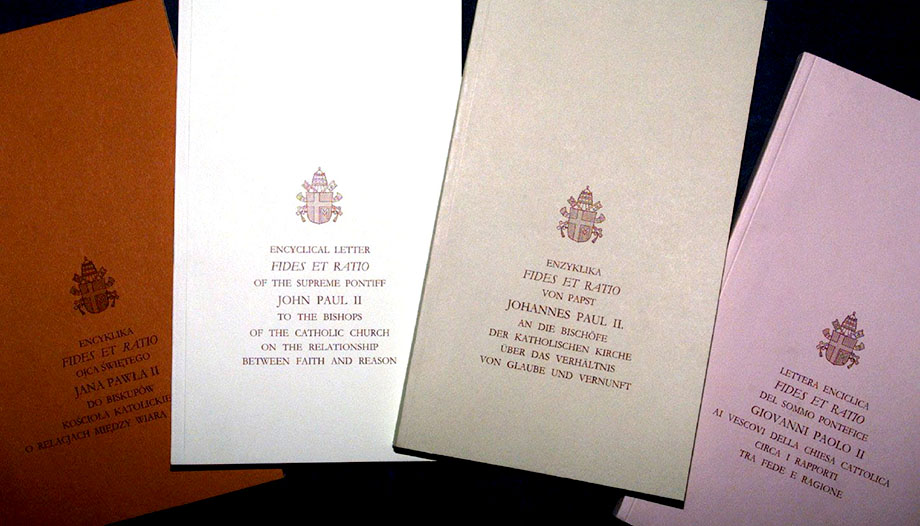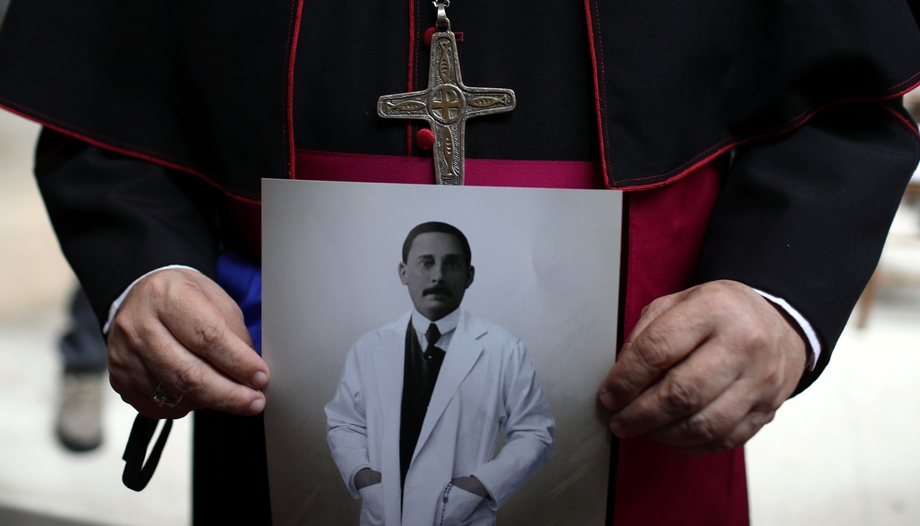The VIFAC - Vida y Familia Association is now 38 years old. It was in 1985 when Marilú Vilchis and Gabriela Sodi, concerned about the growing problem of so many girls, adolescents and pregnant women living on the streets of Mexico City, opened the first home for these women.
Since then, tens of thousands of women have moved forward professionally and personally thanks to VIFAC's support. Gabriela Tejeda presided over this organization from 2002 to 2019. When this woman from Guadalajara (Mexico) left the presidency of VIFAC, there were already 38 care homes in Mexico and one in Brownsville (Texas).
In this conversation with Omnes, Tejeda stresses the importance for girls facing an unplanned or single pregnancy to have all possibilities open to them and to be able to choose to go ahead with their pregnancy with a home and training for the future.
How was VIFAC born?
-VIFAC was founded in 1985 by Marilu Vilchis and Gabriela Sodi. They saw the growing problem of so many girls, adolescents and pregnant women living on the streets of Mexico City and opened the first home for these women in 1985. Over time, this model has been replicated in other cities such as Monterrey, Guadalajara and Campeche.
In 2002, it was decided to create an umbrella under which to group these houses, create a common identity and a uniform way of working. In addition, action manuals were drawn up.
In short, the aim was to work with the same order, the same legality and the same transparency. VIFAC national was born, a civil association whose purpose is to accompany and train the teams that form the homes that care for these women who are facing pregnancy alone.
I came to VIFAC Guadalajara in 1996. In 2002 I was offered the national directorship. At that time, VIFAC began to grow and become more professional: areas of social investment and finance were created, distribution was professionalized, and reports were made to authorities and companies that asked us to do so.
I was at VIFAC until 2019. When I left there were already 38 care centers in Mexico and one in Brownsville (Texas), care manuals had been done in all areas and we had helped more than 40,000 babies of which 4,000 were with adoptive families.
Of the girls seen at VIFAC, approximately 90% decide to keep their child and only 10 % give it up for adoption.
Gabriela TejadaVIFAC
Is VIFAC an abortion rescue or maternal care organization?
-A little bit of everything. VIFAC wants women, faced with an unexpected pregnancy, not to be forced to make certain decisions due to a lack of alternatives and to opt for life by offering them housing, food, professional training, help to finish their studies and, for those who decide to keep their baby, childcare classes..... They do not have to put up any money. They also have access to a psychology and family care area.
Of the girls seen at VIFAC, approximately 90% decide to keep their son or daughter and only 10 % give it up for adoption, which is a decision that takes time for reflection because you have more options.
We have always worked hard to ensure that any decision they make is made with responsibility and freedom.
We were walking with human rights and women's rights to turn the inequality that existed in many countries, including Mexico, into an opportunity. That was the most important thing for me: to think about what I had to offer them to turn that problem into an opportunity.
We understood that the emotional part was very important. If they were not calm, if they did not have emotional attention, no matter how much knowledge we gave them, they were not going to absorb and keep it. We worked with the education secretariat so that they could, for example, finish their studies: primary, secondary or even preparatory for a career. Many have done so over the years. The key was to get them out of that state of real vulnerability that a pregnant woman alone had in Mexico.
What then characterizes VIFAC?
-We offer the girls the possibility of carrying their pregnancy, but if they don't want to, in the end, and they don't have their child, there is nothing we can do. What VIFAC wants is for them to consider all possibilities.
I always tell them that if I want a cell phone and they put only one in front of me and say "Choose", which one am I going to choose? The only one there is. But if they give me several brands, with different features, then I can choose freely.
This is the same: "What do I want? What do I need? A place to live? Training? Do I need emotional help? Do I want to make a life project with my child? - There you go, take your pick. There are girls who know us and, in the end, do not want to enter the houses, but many others do.
How are the people who work at VIFAC trained?
-From VIFAC there is specific volunteer attention for each of the areas: the women who are inside the house giving classes; there is an area of family attention, etc. Over time, the attention has become more specialized.
In addition, we have volunteers who help in promotion: putting up posters, going to the communities to explain the nearest VIFAC, informing through social networks or helping in the area of fundraising, food collection... There is a specific manual for volunteers. Over the years, we have also hired professional staff in areas such as administration, food and nutrition supervision or accounting.
What is care like in a VIFAC home?
-The VIFAC houses function as a family. There are one or two caregivers, depending on the size of the house, who are with the women during the day and others at night. In the houses we don't have a doctor or nurses on staff because we don't have the resources. That is why we cannot receive girls with drug addiction problems or complicated psychiatric problems. In these cases, what we do is to put them in contact with many organizations that do take care of these types of cases. If, for example, we received a girl with AIDS who, because of her medication, could not be treated as she deserved at VIFAC, she was channeled to another organization that was dedicated to this. If the girls were drug addicts, they would first go to a rehabilitation center and then they could enter one of VIFAC's houses.
We have that profile because we have to respond as they deserve. If we were to admit this type of problematic girls, I would be being unfair, because we cannot offer them what they really need. This way of proceeding has helped us to establish links with very important organizations, for example, in the case of migrant women, who come with nothing and many times after suffering abuse we have been able to attend one part ourselves and another part, legal or medical, other organizations.
In addition, not all the houses function in the same way. There are houses that are only day centers, where the women go, receive classes, psychological support, life project orientation, etc., etc. VIFAC does not charge for any services, but in exchange they have to attend classes punctually or, in the case of those who live in the houses, they have to be clean and tidy their rooms.
Between the 38 centers there are about 250 girls. May centers have 30 beds and others have 5 or 6. In the southeast of Mexico, although the need is great, since single mothers are more common, day centers are more common.
How long are the girls in the houses?
-The girls stay in the houses until they are ready to leave. They are usually not in the house for more than 4 or 5 months.
No one is pressured to leave, but during the previous months they themselves have worked on their life project: what you are going to do, how you are going to live and support yourself, how and who is going to take care of your baby... and that is why they usually leave.
Women who decide to give their baby up for adoption are given psychological and emotional support until she wants to, as well as legal advice, so that they know that adoption is completely legal and in accordance with the law.
The girls learn a trade, many related to esthetics, cooking, baking... some of them, for example, were provided with a beauty island that they could use to get ahead.
Vulnerability in these women may be economic, but also social, familial, or psychiatric.
Gabriela TejadaVIFAC
How is the relationship with government entities?
-Our relationship has changed over time. Before, we were the only option of this type. If the government received any adolescent or adult girl, pregnant, who needed a shelter, she was taken in by VIFAC and, with these cases, we had some agreements to help with food, or blankets in the winter... There were governments that had programs for any organization that worked well with the vulnerable population and that obviously helped to have resources. Those public resources were on the Haciendo website because they were state resources. Although there were years of large donations, maintaining 38 centers entails a good expense.
Donations are an important base, both large donations from large foundations and donations from individuals, who contribute small amounts to regular spending.
How do you know the VIFAC girls?
-Nowadays, especially through the Internet and the social networks. Today, on social networks, girls express everything, from one side and the other. Also, during these years, we have been present in the media.
The houses, for example, have open doors, as long as the identity of the girls is respected. We have done reports with many media outlets that have seen first-hand the day-to-day life of the houses. There is full transparency.
Talks are also given in different communities and, for example, there are some girls who, once they have been treated and have come back to speak about VIFAC in their communities. That testimony is what helps the most.
What do the women who attend demand the most?
-Emotional support. Definitely.
Before, 15 years ago, a pregnant woman outside of marriage, or a stable couple, was frowned upon in Mexico. Then what they wanted most was a place to live, to "hide" even.
Then she changed to wanting to finish her studies, because the educational inequality in Mexico was very strong: many women did not even finish basic education. Faced with the possibility of studying at no cost and also doing junior high and high school... they liked it very much.
But, today, what they ask for most is emotional support. They are vulnerable women, because vulnerability can be economic, but also social, family, or psychiatric.
They are always vulnerable to something, since they ask for help, but the need changes. Today single mothers are more common, there are fewer marriages, relationships change..., but I believe that all single mothers everywhere need this emotional support to feel strong, to build a life project, because life goes on: what values do I want to pass on to my child.
Today in Mexico there are many support programs for single mothers. Mothers are heads of household in Mexico in a 40% and it is not easy, because work schedules are hard and do not allow much time with the babies, in recent years have also disappeared many day care centers and those mothers if they do not leave their child in a day care center or can go to work.
Do you also work with the girls' families?
-Of course. In cases where the family does not accept the girls, we work with the family to make them accept her, to make them understand that what has happened does not mean that she has to be separated from the family permanently.
Many times the girls tell you "my peers are going to kill me", but by working and talking with the families, they realize that a life is coming, a grandchild, and 99% of the families accept it fully and are happy.
At VIFAC they help people choose life. In the case of Mexico, what is the incidence of abortion?
-Currently high. In addition to the law that has been decriminalizing abortion, it is very easy to have an abortion even at home, with chemical abortion. What we want is for VIFAC to be very visible so that, in the event that a girl becomes pregnant, she knows that she not only has the option of abortion, but that there is another way, that if you want your baby you can keep it or give it up for adoption to families who will want it... all of which you can decide calmly.
We have had many cases of mothers who tried to abort with pills and, for some reason, the baby went ahead. We take them in, we give them support. In the more than 20 years I've been at VIFAC, not one of the thousands of women I've met has told me that she regretted having her child, either to keep it or to give it up for adoption.
No woman regretted giving life to her child, women who had abortions and regret it, thousands. Thousands asking for help on social networks, in the houses of VIFAC..., and there they have an answer.





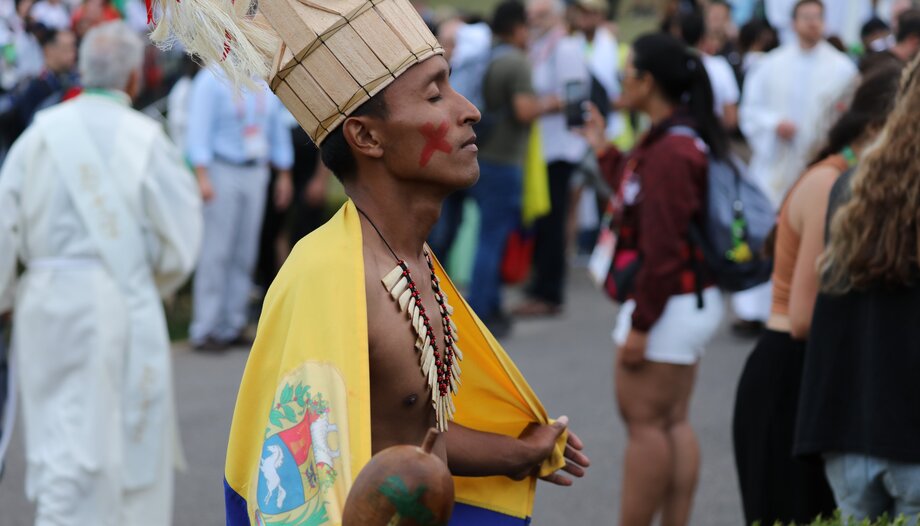
 Indigenous peoples and the doctrine of the Church
Indigenous peoples and the doctrine of the Church





